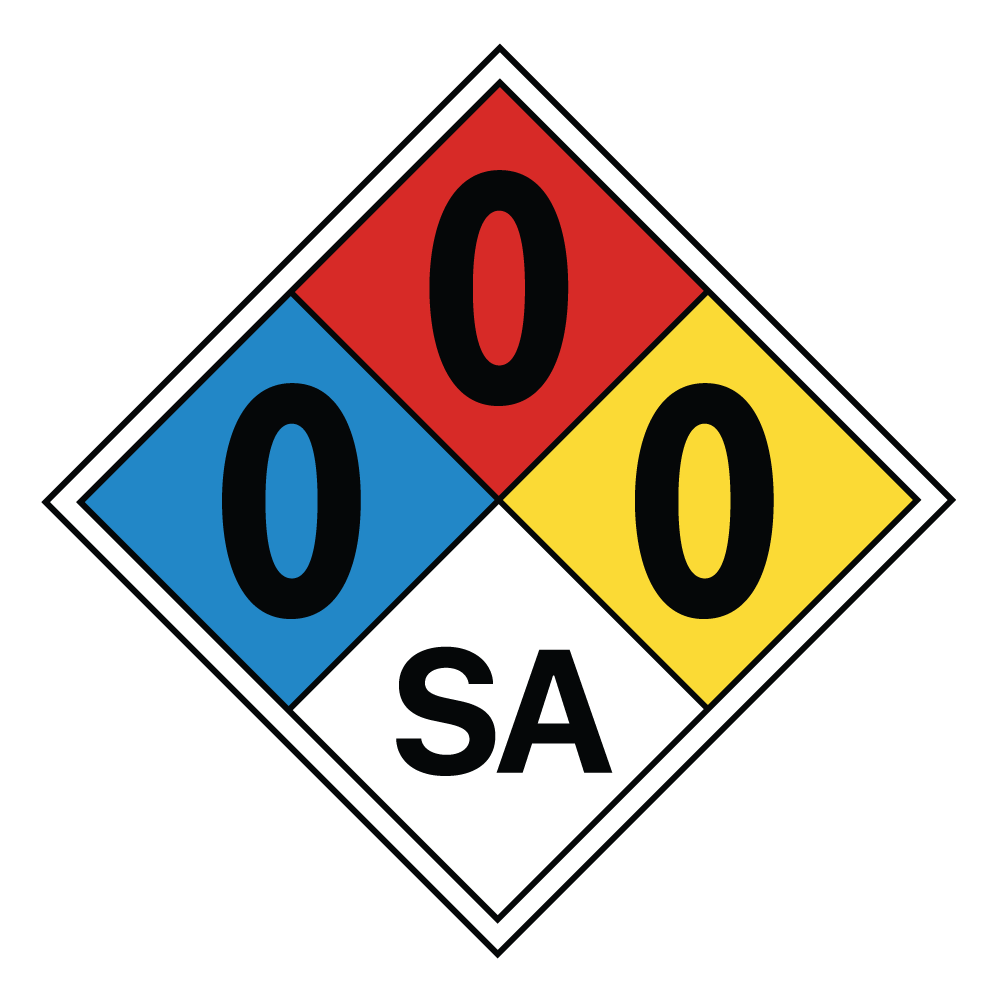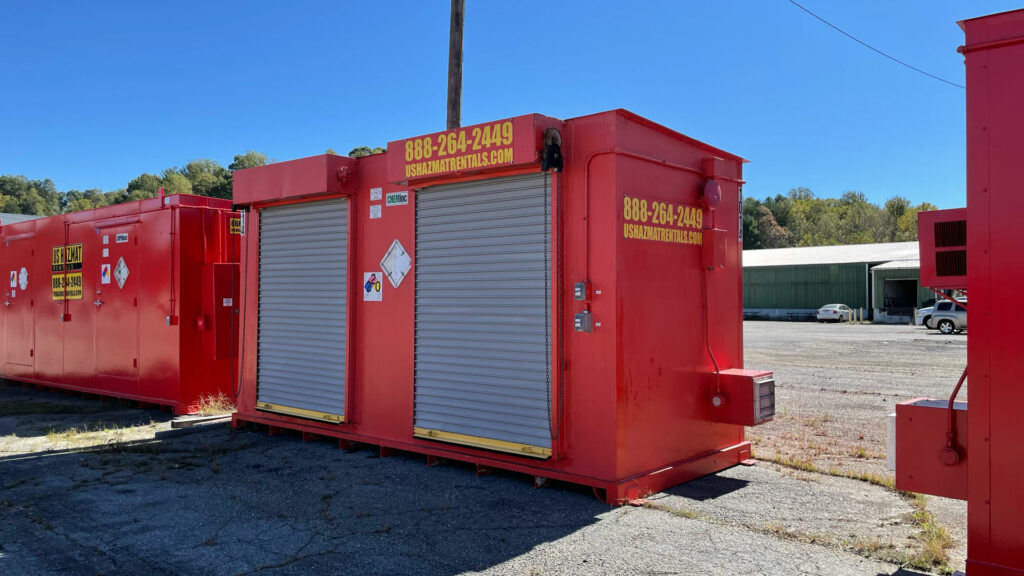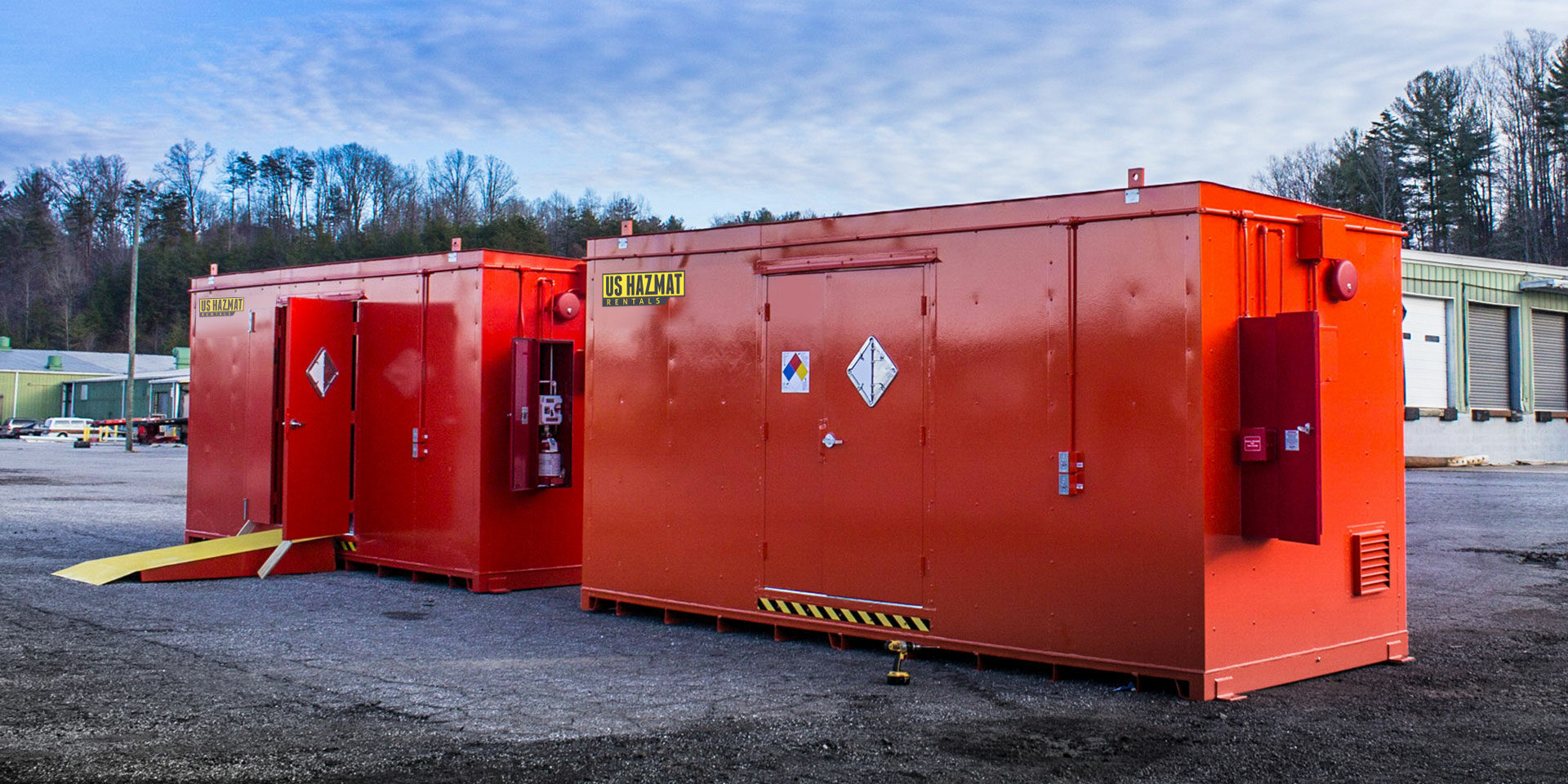There’s no use crying over spilled milk – unless the milk is tainted. Last week, Turners Falls High School students reported an unknown liquid in their chocolate milk containers in the school cafeteria. Fearing a mass contamination event, school officials requested a local hazmat team to investigate the tainted milk further. All students received a medical evaluation at the scene in an abundance of caution. Following preliminary testing, the mysterious liquid posed no immediate harm to the high school students. Lab results will determine how the mystery liquid entered the school cafeteria. Fortunately, no one was injured. The high school dairy escapade is a lesson in intuition. With the proper labeling in place, school officials had no reason to believe the milk posed a health risk to students, but you can never be too careful. Proper chemical labeling should be a top priority in any workplace.
How Proper Chemical Labeling Can Save Lives in the Workplace

Simple chemical labeling provides a wealth of information for any hazardous substance. A quick glance at any product’s labeling identifies primary and subsidiary hazards posed by the materials. Almost all labels contain pictograms, which communicate information for quick identification and classification. More importantly, proper chemical labeling and pictograms provide simple guidance on how to store hazardous material at your job site. For example, the black silhouette of a flame with a red diamond border tells handlers the hazardous material is flammable and requires fire-rated chemical protection. Speaking to the gravity at hand for more dangerous substances, the dreaded skull and crossbones symbol also tells handlers of the acute toxicity threat of the hazardous material. Knowing how to recognize proper chemical labeling allows industries to isolate and store dangerous materials in segregated chemical storage lockers.
How Safety Data Sheets Can Prevent Contamination and Spills

Unlike any other manufactured product, each hazardous material requires a safety data sheet. These sheets provide detailed information on the stored chemical. You can think of an SDS as a cheat sheet of compliant chemical storage. An SDS is the perfect example of proper chemical labeling. Each SDS contains bullet points outlining the chemical and physical properties and chemical classification for the dangerous chemical requiring storage. In addition, an SDS provides precautions for the safe handling and use of emergency response procedures related to each hazardous material. OSHA-sanctioned SDS guides the streamlined storage of dangerous materials in segregated chemical storage lockers.
Trust the Experts at U.S. Hazmat Rentals

Understanding the importance of proper chemical labeling and SDS can be confusing and intimidating. Jarring chemical pictograms depicting death and flammability can catch employees off-guard and make them apprehensive. Confusing chemical jargon in an SDS can also be overwhelming for even experienced safety engineers and supervisors. When in doubt, it’s always important to trust the experts at U.S. Hazmat Rentals. We have more than 30 years of experience providing compliant and comprehensive chemical storage solutions for all sections of American manufacturing and industry. We can render several detailed chemical storage solutions during a free initial consultation. Tell us the dangerous chemical you need protection for and the project’s duration. We will do the homework necessary to ensure continuous compliance from start to finish.






